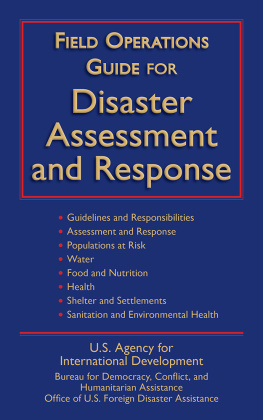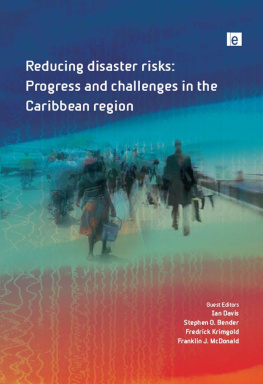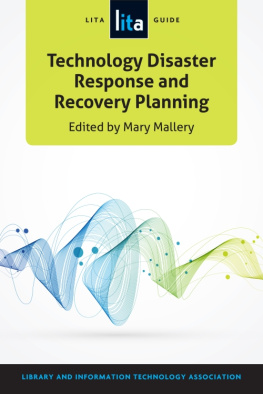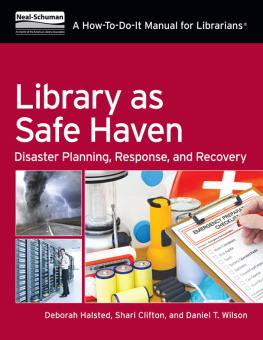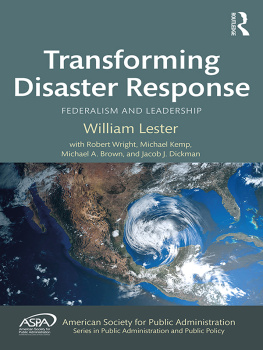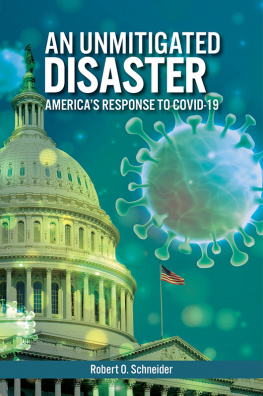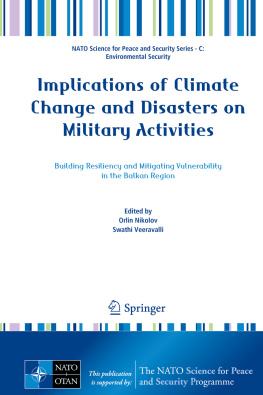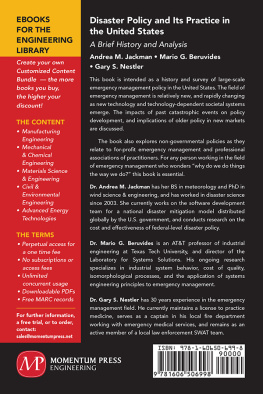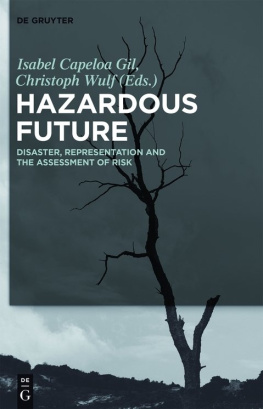Field
Operations
Guide
For Disaster Assessment
and Response
Emergency Indicators and Minimum Standards
Malnutrition Emergency Definitions
Global Acute Malnutrition (GAM) = Severe Acute Malnutrition (SAM) + Moderate Acute Malnutrition (MAM)
GAM for <5 age group
Z-Score <-2 MUAC <13.5 cm WFH/WFL <80%
SAM for <5 age group
Z-Score <-3 MUAC <11.0 cm WFH/WFL <70%
MAM for <5 age group
Z-Score >-3 and <-2 MUAC >11.0 and <13.5 cm WFH/WFL >70% and <80%
See section D of chapter III, Interpretation of Malnutrition Rates and Corresponding Actions, for malnutrition indicators.
Mortality Rate Emergency Indicators
Crude Mortality Rate (CMR): single most important indicator of serious stress in affected populations
CMR = deaths/10,000/day: emergency phase
<1 = Under control
>1 = Serious condition
>2 = Out of control
>4 = Major catastrophe
Mortality rate for <5 age group
1= Normal in a developing country
<2 = Emergency phase: under control
>2 = Emergency phase: in serious trouble
>3 = Emergency phase: out of control
Minimum Water Requirements
Minimum maintenance = 15 liters/person/day
Feeding centers = 30 liters/inpatient/day
Health centers and hospitals = 4060 liters/inpatient/day
1 tap stand/250 people not >100m from users
A large quantity of reasonably safe water is preferable to a small amount of pure water
Minimum Food Requirements
Minimum maintenance = 2,100 Kcals/person/day
Minimum Shelter/Space Requirements
| Minimum shelter space = | 3.5 m2/person |
| Minimum total site area = | 45 m2/person for temporary planned or self-settled camps |
Minimum Sanitation Requirements
At least 1 toilet for every 20 persons
Maximum of 1 minute walk from dwelling to toilet (.6m and .50m)
Field
Operations
Guide
For Disaster Assessment
and Response
U.S. Agency for
International Development
Bureau for Democracy, Conflict,
and Humanitarian Assistance
Office of U.S. Foreign Disaster Assistance
Version 4.0

Skyhorse Publishing
Additional material copyright 2013 by Skyhorse Publishing, Inc. No claim is made to material contained in this work that is derived from government documents. Nevertheless, Skyhorse Publishing claims copyright in all additional content, including, but not limited to, compilation copyright and the copyright in and to any additional material, elements, design, images, or layout of whatever kind included herein.
All inquiries should be addressed to Skyhorse Publishing, 307 West 36th Street, 11th Floor, New York, NY 10018.
Skyhorse Publishing books may be purchased in bulk at special discounts for sales promotion, corporate gifts, fund-raising, or educational purposes. Special editions can also be created to specifications. For details, contact the Special Sales Department, Skyhorse Publishing, 307 West 36th Street, 11th Floor, New York, NY 10018 or info@skyhorsepublishing.com.
Skyhorse and Skyhorse Publishing are registered trademarks of Skyhorse Publishing, Inc., a Delaware corporation.
Visit our website at www.skyhorsepublishing.com.
10 9 8 7 6 5 4 3 2 1
Library of Congress Cataloging-in-Publication Data is available on file.
ISBN: 978-1-62087-803-3
Printed in the United States of America
CONTENTS
INTRODUCTION
This Field Operations Guide (FOG) for Disaster Assessment and Response has been developed by the U.S. Agency for International Development/Bureau for Democracy, Conflict, and Humanitarian Assistance/Office of U.S. Foreign Disaster Assistance (OFDA) as a reference tool for individuals sent to disaster sites to undertake initial assessments or to participate as members of an OFDA Disaster Assistance Response Team (DART).
The FOG contains information on general responsibilities for disaster responders, formats and reference material for assessing and reporting on populations at risk, DART position descriptions and duty checklists, descriptions of OFDA stockpile commodities, general information related to disaster activities, information on working with the military in the field, and a glossary of acronyms and terms used by OFDA and other organizations with which OFDA works.
In developing the FOG, OFDA has drawn on many sources for information, including the United Nations High Commissioner for Refugees Handbook for Emergencies; the United Nations Office for the Coordination of Humanitarian Affairs United Nations Disaster Assessment and Coordination Field Handbook; the World Health Organization booklet, New Emergency Health Kit; the United Nations Childrens Fund handbook, Assisting in Emergencies; the U.S. State Department, Bureau for Population, Refugees, and Migration Assessment Manual for Refugee Emergencies; the U.S. Public Health Service Handbook of Environmental Health; the American Public Health Association Control of Communicable Diseases Manual; the Sphere Project; reference materials from the Centers for Disease Control and Prevention, the University of Wisconsins Disaster Management Center, the American Red Cross, and InterWorks; USAID policies and directives; information from the Office of Food for Peace, Office of Transition Initiatives, and the U.N. World Food Program; and OFDA procedures, records, and staff expertise.
The FOGs size and format are modeled on the National Wildfire Coordinating Groups Fireline Handbook, which is used by wild-land firefighters throughout the United States.
The search and rescue (SAR) component of a DART is more fully described in a separate operations guide developed by the Federal Emergency Management Agency, which specifically addresses SAR activities. These documents are available at http://www.fema.gov .
The FOG is designed to be a useful source of information in a compact, usable format for a variety of field operations. In the interest of conserving space and keeping the FOG to a manageable size, no index is provided. The extensive listing on the Contents page should assist in locating information quickly by specific subject. Comments for revision should be directed to:
USAID
DCHA/OFDA
Operations Division
Washington, DC 20523 USA
The FOG is posted on the World Wide Web at:
http://www.info.usaid.gov/ofda/
This publication (ISBN 0-16-049721-3) is also available through the U.S. Government Printing Office (GPO), Superintendent of Documents, Mail Stop: SSOP, Washington, DC 204029328. http://bookstore.gpo.gov/
This is the third revision of the original Guide to Field Operations for Disaster Response produced in 1992, initially revised as the FOG in 1994 and updated in 1998. This revision includes new information that reflects changes and trends in humanitarian assistance since 1998. The FOG was developed for OFDA by the U.S. Department of Agriculture/Forest Service under its International Programs Office. That offices Disaster Assistance Support Program (DASP) is managed with funds and direction provided by the U.S. Agency for International Development/Bureau for Democracy, Conflict, and Humanitarian Assistance/Office of U.S. Foreign Disaster Assistance under Participating Agency Service Agreement: DCH-P-00-03-00002.
OFDA
September 2005
POLICY GUIDELINES
The U.S. Agency for International Development (USAID)/Bureau for Democracy, Conflict, and Humanitarian Assistance/Office of U.S. Foreign Disaster Assistance (OFDA) has the responsibility to provide foreign disaster assistance and to coordinate the response of the U.S. Government (USG) to disasters abroad. The authority to provide and coordinate USG foreign disaster assistance originates with the Foreign Assistance Act (FAA) of 1961, as amended. OFDAs mandate is to save lives, alleviate suffering, and reduce the economic impact of disasters. OFDA does so by:

